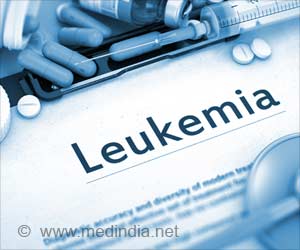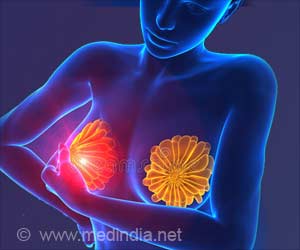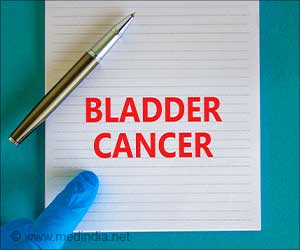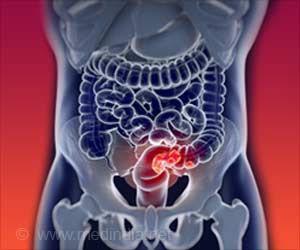Regular intake of aspirin for longer duration could drastically reduce the risk of skin cancer in women, claims a new research conducted by the Women's Health Initiative.
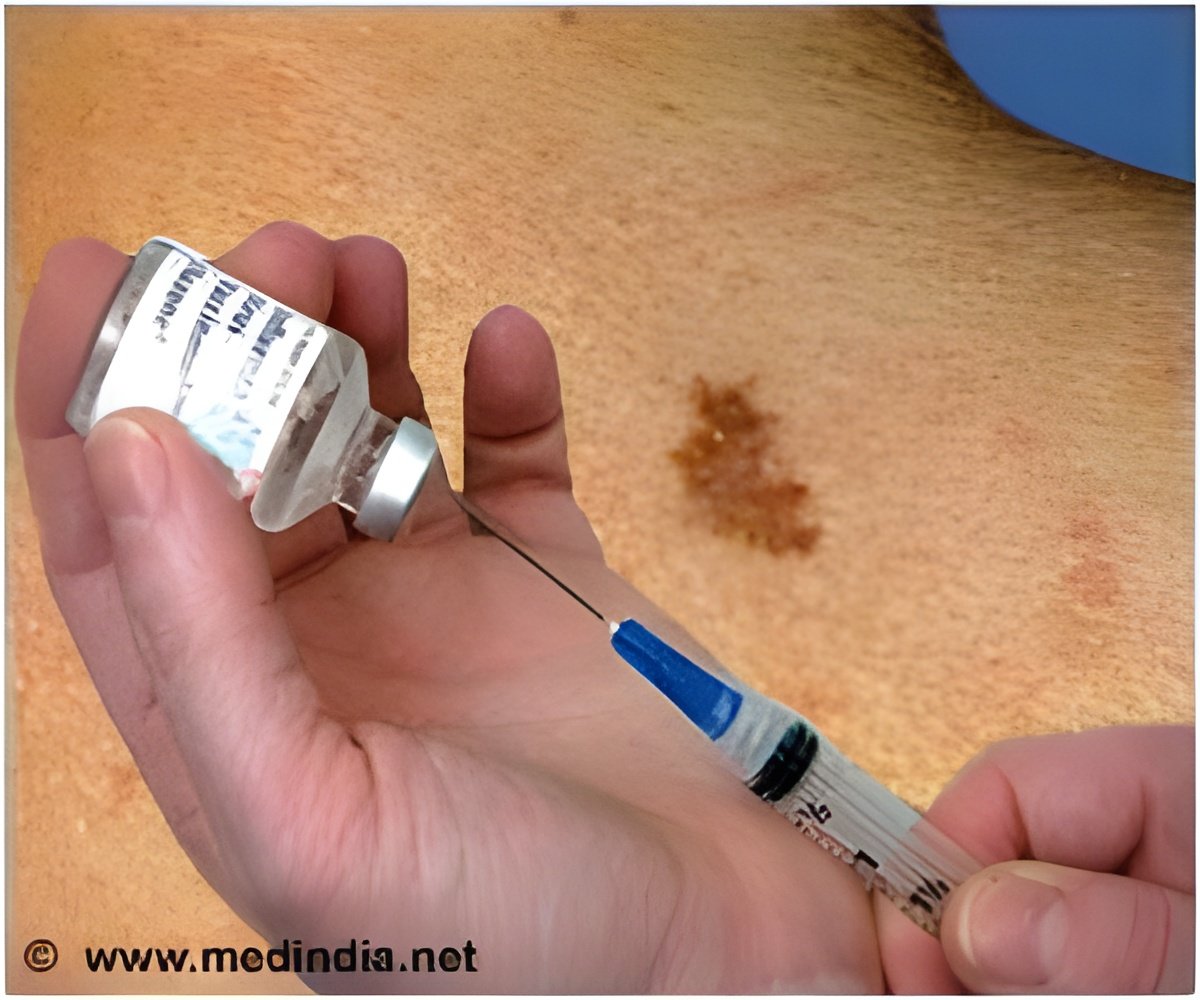
Researchers took a note of aspirin intake and lifestyle of the women involved in the study. They also took into consideration the factors affecting the risk of melanoma like skin pigmentation, sunscreen usage and exposure to sun.
The analysis revealed that in general, women who take aspirin reduced their risk of skin cancer by 21% and the risk was further reduced by 30% in women who used the painkiller for five or more years.
It is estimated that in 2013 alone in US there could be 9,480 deaths due to melanoma. Hence, the authors opine that with further large scales studies, more lives could be saved from the deadly skin cancer melanoma.
Source-Medindia
 MEDINDIA
MEDINDIA
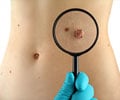
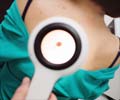

 Email
Email







